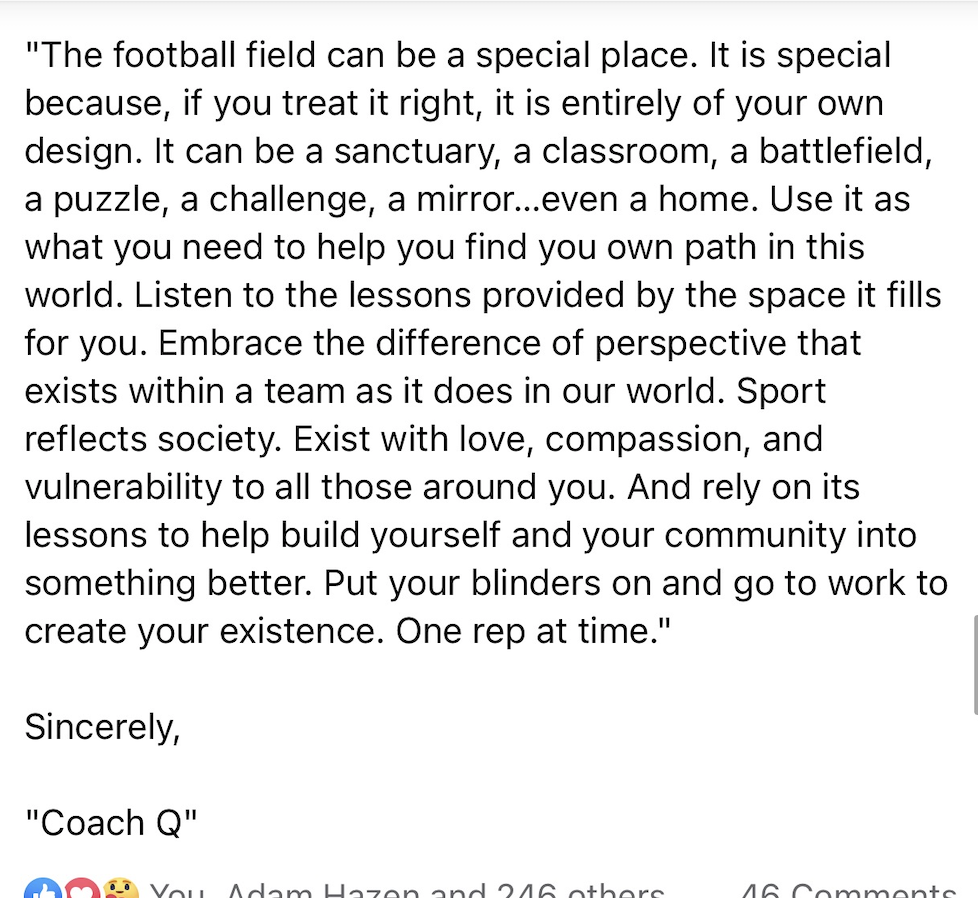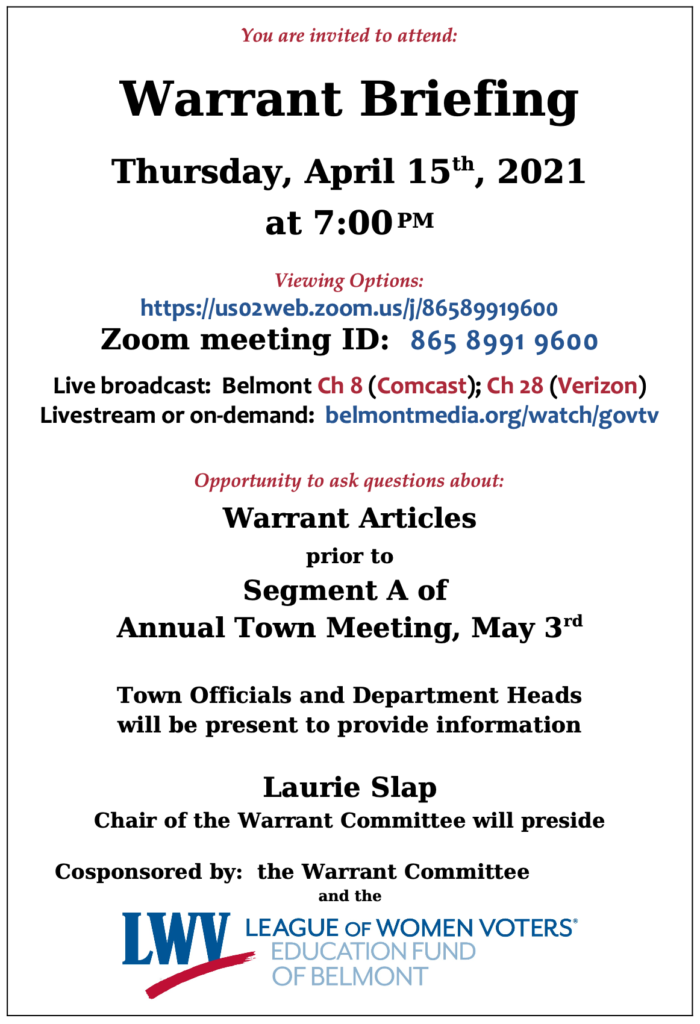Photo: The dedication of the Belmont Veterans Memorial, Nov. 3, 2019.
The memorial on the bank of Clay Pit Pond that recognize Belmont residents who serviced in the US Armed Services has received a new name. The Select Board on Monday, April 12, voted unanimously to honor a request by the Veterans Memorial Committee to rename the site as the Belmont Veterans Memorial Park.
“If anyone’s gone by there or taken a look in the past 18 months, you can see what that has transformed into,” said Michael Callahan, a retired US Marine Corp colonel who was co-chair of the Memorial Committee told the board. “It’s something we’re very proud of.”
To give the memorial greater permanence, the committee asked the board to designate the site – a triangular area encompassing all of the monuments elements leading up to the pond – as the Belmont Veterans Memorial Park.
The memorial was dedicated on Nov. 2, 2019 on the site of a flag pole set up in 1940 to remember service members.
“We’re doing so and requesting this to formalize our commitment to care for the area. For some 70 odd years, it wasn’t take care for properly. We’re very proud of [the new memorial]. We want to make sure that doesn’t happen again,” said Callahan.

